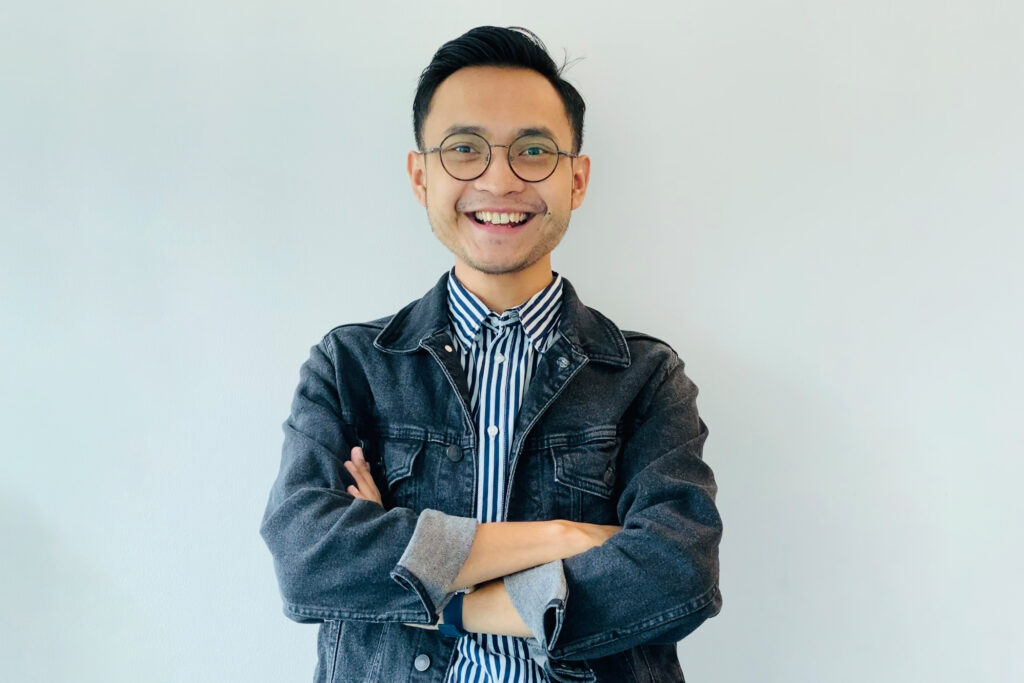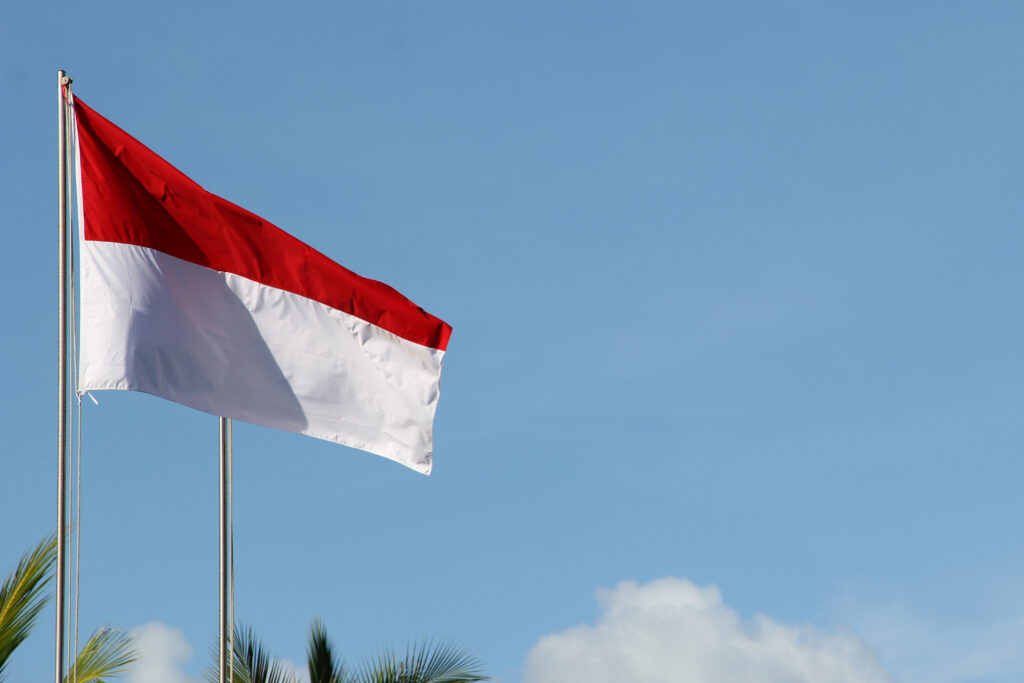November 14 2021
Living with diabetes: Interview with Osy.
Osy Machrosin was diagnosed with type 1 diabetes in 2015 at the age of 25. He spoke to us about learning to live with the condition and how he’s working to raise diabetes awareness in Indonesia.

Thank you Osy for taking the time to share your experience. Please tell us something about where you are from, your work, etc.
You are welcome! I’m originally from central Java, but I’ve lived in the capital Jakarta since 2014. I came here for a job with Rabobank and then moved to Standard Chartered Bank. I’ve been with the company for more than four years now and am currently the Head of Non-Financial Services.
The onset of type 1 diabetes is usually during childhood or adolescence, but you were already an adult when you were diagnosed. How did you realize you had diabetes, and what was your response?
Starting around December 2014, I noticed two major symptoms. The first was frequent urination. I was even waking up in the night to visit the bathroom every two hours. The other symptom was excessive thirst. I was literally always thirsty.
These things led me to go to the hospital in January 2015, when I discovered that my blood glucose was around 400 mg/dl. That’s about four to five times higher than the ideal value.
“Access to information was scarce back then and nobody really explained to me what I should and should not do.”
As with most people who are diagnosed with diabetes, you probably did not know much about the condition or how to manage it, right?
That’s correct, I had no idea what diabetes is. I asked the doctor if there was something I could do to cure it, but he told me that I would be living with it for the rest of my life. This was a complete shock to me.
Access to information was scarce back then and nobody really explained to me what I should and should not do. All the questions I had led me to one answer: diabetes will not be leaving me. So I realized that the only way I could live with it was to try and understand it. That took me about two years of research.
I divide my journey with diabetes into two different periods. The first period was up until about 2017 – this was the hardest time for me to accept the diagnosis and change my behavior in order to manage the condition properly.
The second period runs from about 2017 up until today, during which time I’ve been managing things properly. This means checking my blood glucose regularly, exercising and measuring my glycated hemoglobin at the hospital every three months. I wanted to get that value below 8.0, which I succeeded in doing – my latest HbA1c is 6.9.

Do you receive any support in terms of insulin supplies, medical care, etc. in Indonesia?
The Indonesian government generally provides support for insulin supplies and some aspects of glucose checking. In my case, the company I work for thankfully covers both insulin and regular glucose checking. They also cover additional tests needed sometimes, such as checking cholesterol and creatinine levels.
What can you tell us about your approach towards diet and exercise?
I don’t follow any particular diet; I just try to adjust my insulin doses according to what I eat. I live in Indonesia, so rice is always going to be my staple carb!
I avoid having a big breakfast and usually just eat a small amount of fruit. Lunch and dinner are my main meals of the day. Over the years I’ve discovered that pasta is more glycemic friendly than rice. It has a smoother profile and does not spike my blood glucose like rice does.
Exercise has become more challenging during the pandemic due to the restrictions. Before that, I would walk home from the office every day – it takes about 30 minutes. Since the restrictions have been lifted, I’ve started running about five kilometers per day.
“We really need to address the fact that diabetes care is not only about physical wellbeing – it’s also about mental health.”
You’re very active in the Indonesian non-profit organization Sobat Diabet (Diabetes Friends). Please tell us something about your work there.
Sobat Diabet is all about raising awareness around diabetes in Indonesia. We really want to reach undiagnosed people who do not know that they are living with the condition.
We have three core goals in the community: education, prevention and support. Some 90% of our members do not have diabetes, but they are often related to someone who does, or they recognize an increased risk of diabetes because of their lifestyle.
We really need to address the fact that diabetes care is not only about physical wellbeing – it’s also about mental health. As I said earlier, it took me about two years to accept the diagnosis and make the necessary changes. It’s very important to help people, especially when they are in this early stage of denial. Otherwise care gets neglected for too long.
Find the latest articles from Brighter at Latest from us.
